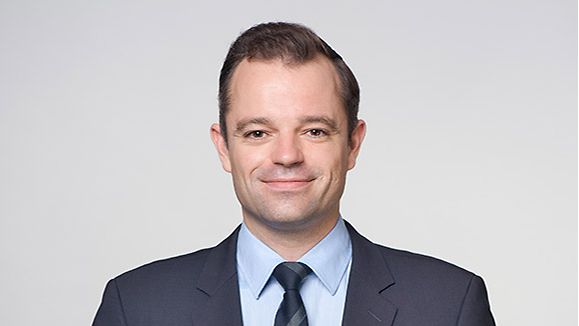record turnover in 2022
Your company is already operating in Germany and you would now like to export worldwide?
Key Facts
Photonics Industry in Germany
Facts & Figures
Market Leadership
Germany is home to Europe’s largest photonics market and is recognized globally for its innovative contributions to the field. The country leads Europe in photonics production – accounting for more than 40 percent of the continent’s output.
Increasing Export Share
The industry maintained a high export quota of 73 percent – with EUR 40.7 billion in turnover generated abroad. The most important destination for German photonics exports is China, followed by the USA and Japan respectively.
Employment Growth
The number of employees increased for the second time in a row by nine percent to 191,800 employees.
Research and Development Hub
The industry is one of Germany’s most research-intensive, with companies investing approximately 10 percent of total revenue in R&D. This commitment to innovation ensures continuous advancement and technological leadership.
Skilled Workforce
Germany’s photonics sector benefits from a highly qualified workforce. This is essential for maintaining the industry’s innovative strength and competitiveness on a global scale.
Sustainable Solutions
The industry has quickly overcome challenges such as the coronavirus crisis and has shown double-digit growth in recent years, emphasizing its resilience and focus on sustainable solutions.
Opportunities
Medicine and Healthcare
Photonics plays a crucial role in medical imaging, diagnostics and therapy. Advances in optical coherence tomography (OCT), laser surgery and imaging techniques offer new areas of application including, non-invasive blood glucose monitoring using light and optical cancer diagnostics.
Communication and Information
Demand for high-speed communication continues to grow. Optical fiber networks, 5G technology and quantum communication are promising areas. Investing in photonics components like laser diodes, modulators and detectors holds great market potential.
Environment and Energy
Photonics contributes to sustainable energy generation and storage. Solar energy, LED lighting and sensors for environmental monitoring are key segments. Photonics sensors enable precise monitoring of air and water quality.
Industry and Manufacturing
Laser applications in material processing, 3D printing and quality control show significant promise. Investments in advanced laser systems and technologies offer market growth opportunities.
Future Mobility
Photonics enables the development of LiDAR (Light Detection and Ranging) systems that play a central role in autonomous driving. Cameras, radar and other optical sensors also rely on photonics for accurate object detection and collision avoidance.
Business Environment
Government Support and Strategy
The Federal Ministry of Education and Research (BMBF) actively supports photonics research through its “Optical Technologies – Made in Germany” funding program. This initiative seeks to maintain and enhance Germany’s strong market position in photonics over the next decade.
The government’s strategy involves fostering innovation, promoting research and ensuring skilled workforce availability.
Photonics Region Thuringia
Located primarily in the technology region encompassing Jena, Erfurt, Ilmenau, and Gera, the region hosts both multinational giants – Carl Zeiss and JENOPTIK – as well as numerous hidden champions and top-notch research institutes. With a strong focus on optics and photonics, Thuringia has become a dynamic and internationally influential player in this field.
Germany’s internationalization Strategy
The internationalization strategy of the German federal government promotes global cooperation and networking activities. This helps enhance the industry’s competitiveness and ability to tap into the global knowledge pool.
Strong industry Associations
Industry associations including SPECTARIS e.V. and OptecNet Deutschland e.V. play a crucial role as a representative point of contact for the political community. They engage in dialogue related to funding policies, legislation and workforce development.
The industry collaborates with international associations, positioning itself as a central partner for discussions and partnership.


